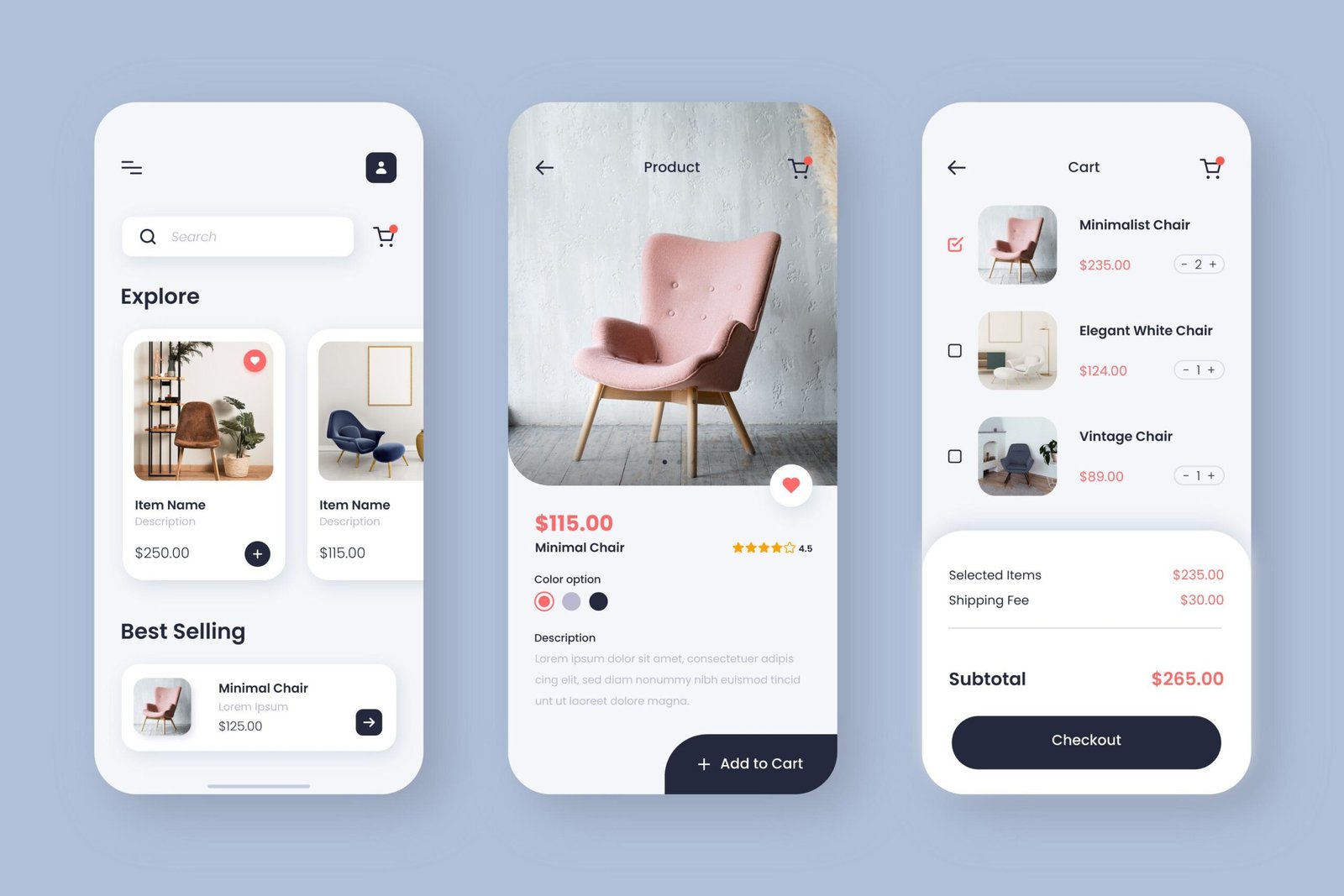The Importance of Design Audits: Elevate Your Brand’s User Experience
In a world where digital presence is paramount, maintaining a cohesive and effective brand identity is crucial. One effective way to ensure your brand resonates with users is through a design audit. A design audit systematically evaluates your brand’s visual elements to identify inconsistencies, assess user experience, and ultimately enhance brand perception.
What is a Design Audit?
A design audit is a comprehensive review of your digital assets, including websites, apps, marketing materials, and social media profiles. It examines design elements such as typography, color schemes, imagery, layout, and overall branding to ensure they align with your brand identity and meet user expectations.
Why Conduct a Design Audit?
Here are several compelling reasons to conduct a design audit:
Identify Inconsistencies: A design audit reveals discrepancies in your branding across different platforms, helping you create a unified presence.
Enhance User Experience: By identifying usability issues, you can improve the overall experience for your users.
Strengthen Brand Identity: Consistent branding enhances recognition and trust among your audience.
Actionable Insights: The audit provides a clear roadmap for design improvements and adjustments.
Key Components of a Design Audit
A thorough design audit should include the following components:
1. Visual Design Assessment
Evaluate the visual elements of your brand, such as logos, color schemes, typography, and overall aesthetics. Are they consistent across different platforms? Do they align with your brand identity?
2. User Experience Evaluation
Assess the user experience of your digital assets. Are users able to navigate easily? Do they find what they need without frustration? Identifying pain points in the user journey is crucial for improving satisfaction.
3. Content Consistency Check
Evaluate your content for consistency in messaging, tone, and style. Inconsistencies can confuse users and dilute your brand identity.
4. Competitive Analysis
Analyze competitors’ design approaches. How do they present their brand? What can you learn from their successes and failures?
5. Actionable Recommendations
Compile your findings into a report that provides actionable recommendations for improving your brand’s design consistency and user experience. Focus on prioritizing changes based on impact and feasibility.
Case Study: Successful Design Audit
Consider the case of a SaaS company that experienced declining user engagement. After conducting a design audit, they discovered:
- Inconsistent branding elements across their website and mobile app.
- Poor navigation structure leading to user frustration.
- Lack of clear calls to action that confused users.
By implementing the recommendations from their audit, the company was able to rebrand effectively, streamline navigation, and enhance user engagement, resulting in a significant increase in customer retention.
Conclusion
A design audit is an essential step in maintaining a consistent and effective brand presence. By identifying and addressing design inconsistencies, you can elevate user experience and strengthen your brand identity. If you haven’t conducted a design audit yet, now is the perfect time to start.





